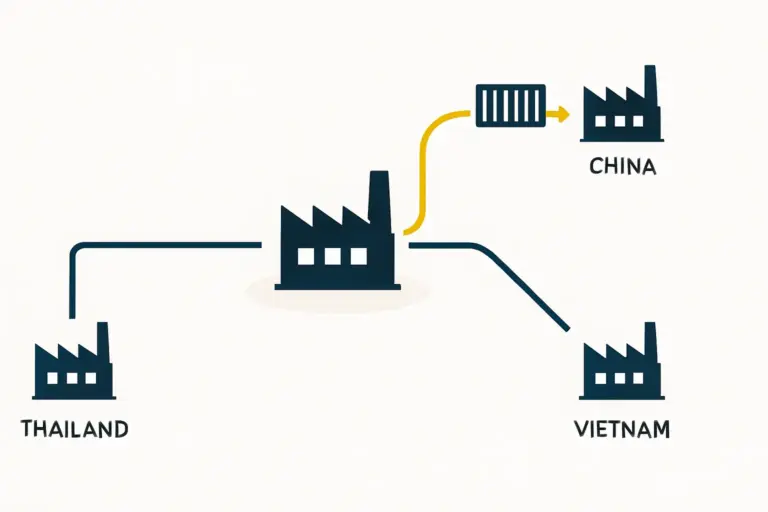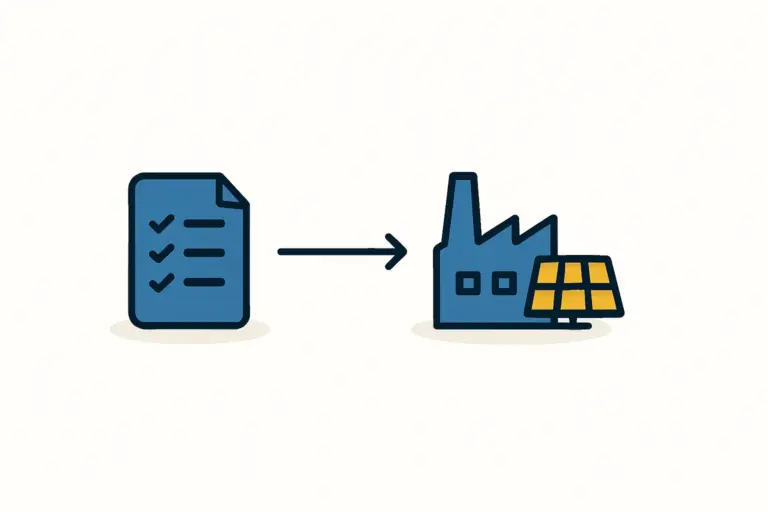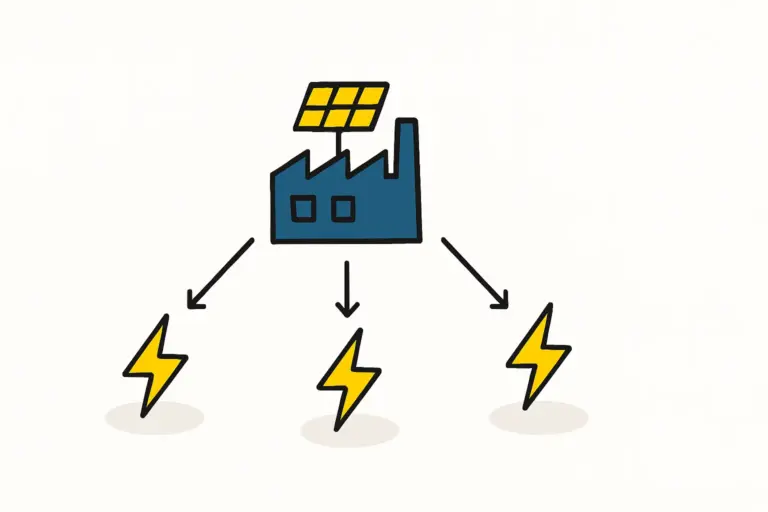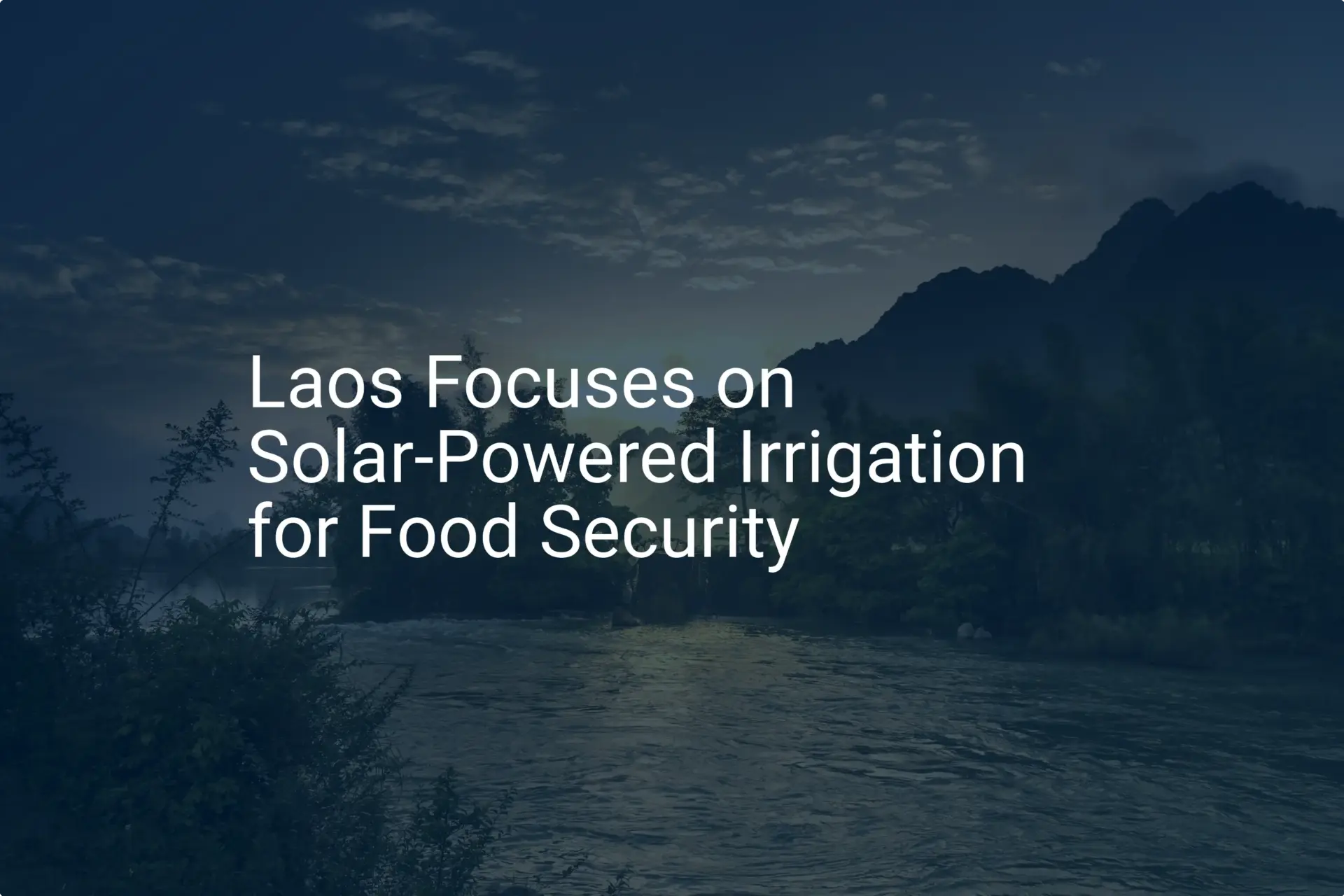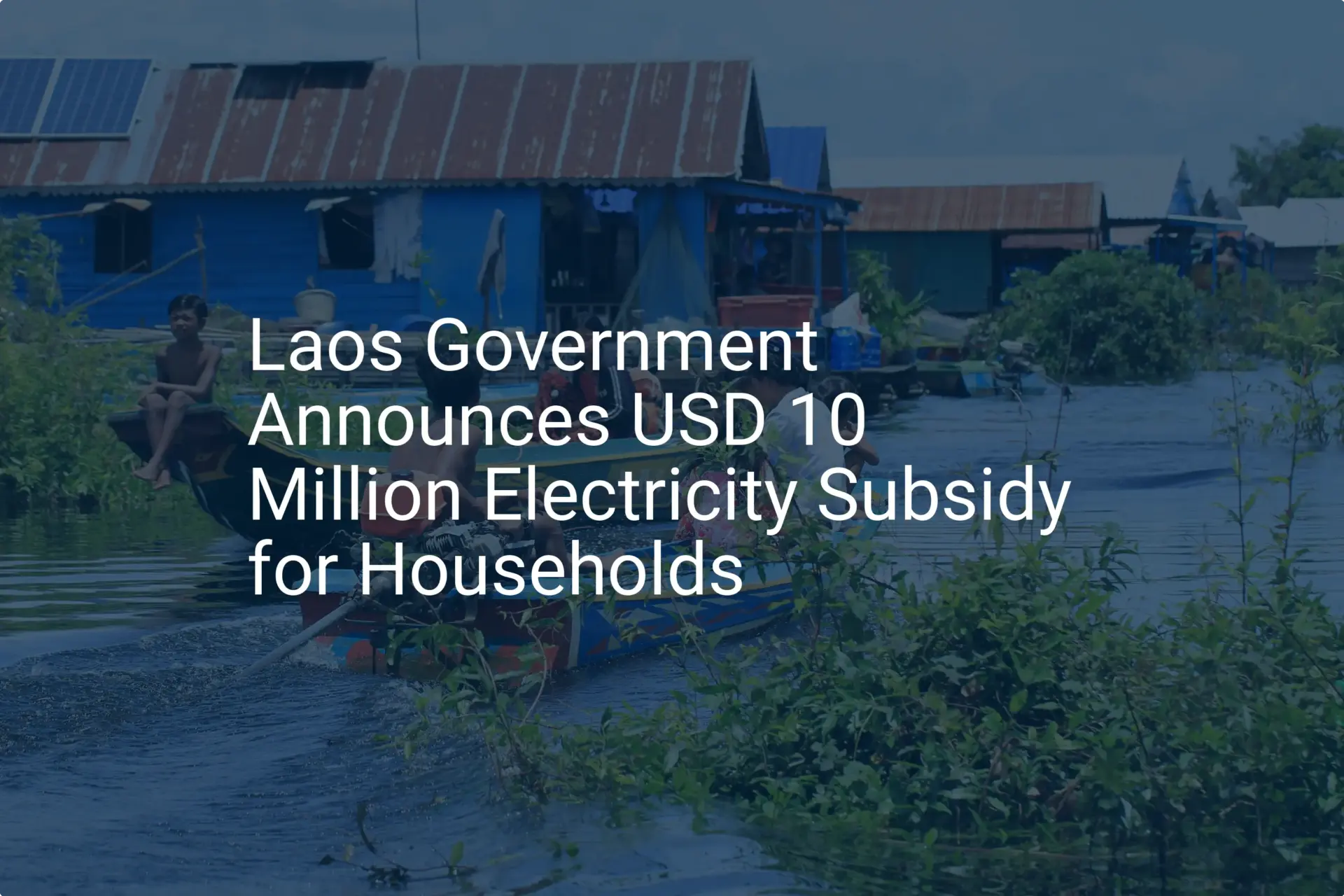For international investors, identifying the next strategic manufacturing location presents a constant challenge. While established hubs offer predictability, they often come with high operational costs and market saturation. Astute entrepreneurs are now looking toward emerging economies that offer a compelling blend of government support, competitive costs, and untapped potential. Laos, strategically positioned in the heart of Southeast Asia, is increasingly part of this conversation, particularly for the renewable energy sector.
This article explores the opportunities within Laos’ Special Economic Zones (SEZs) for investors planning to establish a solar module production facility. It examines the fiscal incentives, infrastructure advantages, and strategic reasons to consider Laos as a prime location for your next industrial venture.
The Strategic Context: Why Laos is Gaining Attention
Laos’ commitment to renewable energy isn’t merely rhetorical—it’s embedded in national policy. The government’s 8th National Socio-Economic Development Plan details a strategy to transform the country into a regional energy player. This vision is supported by concrete targets within its Power Development Plan (PDP), which aims for 1,000 MW of installed solar capacity by 2025 and 3,000 MW by 2030.
This national drive fosters a favorable environment for investment in the solar value chain. Beyond domestic demand, the country’s unique geographical position as a ‘land-linked’ nation, sharing borders with China, Vietnam, Cambodia, Thailand, and Myanmar, offers unparalleled access to some of the world’s fastest-growing markets. Establishing a manufacturing base here enables strategic diversification of supply chains and efficient regional distribution.
Understanding the Role of Special Economic Zones (SEZs)
To attract the foreign direct investment needed to achieve its ambitious goals, the government of Laos has established several Special Economic Zones. An SEZ is a geographically designated area where business and trade laws differ from the rest of the country. The primary purpose of these zones is to offer a streamlined, predictable, and financially attractive environment for foreign investors.
For investors new to the Laotian market, the SEZ framework is designed to overcome common challenges like bureaucratic delays and regulatory uncertainty. A key feature is the ‘one-stop service’ model, where a single authority within the SEZ handles all necessary permits, licenses, and administrative processes, significantly reducing the time and complexity of setting up operations.

Key Incentives for Solar Manufacturing Investors
Laos’ Investment Promotion Law offers a robust framework of incentives, which are amplified within the SEZs. For an entrepreneur developing a solar manufacturing business plan, these benefits can fundamentally alter financial projections and accelerate profitability.
Fiscal Advantages
Investors in solar module manufacturing can expect a comprehensive package of fiscal relief designed to lower initial capital expenditure and ongoing operational costs.
- Profit Tax Holidays: Companies may be granted a complete exemption from profit tax for up to 10 years, depending on the scale and nature of the investment.
- VAT Exemption: The import of raw materials, machinery, and equipment necessary for setting up turnkey solar production lines is exempt from Value Added Tax (VAT).
- Duty-Free Operations: Both the import of production inputs and the export of finished solar modules are typically exempt from customs duties, enhancing cost-competitiveness for regional markets.
Understanding these benefits is critical to calculating your overall solar factory investment requirements.
Regulatory and Land Use Benefits
Beyond direct financial incentives, SEZs offer significant administrative advantages. The streamlined regulatory environment reduces risk, while favorable land policies provide long-term security.
- Simplified Administration: The one-stop service minimizes interaction with multiple government agencies, providing a single point of contact for all necessary approvals.
- Long-Term Land Leases: Investors can secure land lease concessions for periods of up to 75 years, providing the stability required for a long-term manufacturing investment.
A Comparative Overview of Key SEZs
While Laos has several SEZs, three stand out for their suitability for solar manufacturing due to their infrastructure, location, and specific focus.
Savan-Seno SEZ
Located in Savannakhet province, this zone is a major logistics and transport hub along the East-West Economic Corridor. Its strategic position offers excellent connectivity to ports in Vietnam and markets in Thailand, making it ideal for an export-oriented manufacturing facility.
Vientiane Industrial and Trade Area (VITA Park)
Situated near the capital, Vientiane, VITA Park offers superior access to government ministries, financial institutions, and a more developed urban infrastructure. This proximity can be beneficial for businesses requiring frequent administrative engagement or wishing to attract management talent from the capital.
Boten-Mohan Economic Cooperation Zone
Positioned on the northern border with China, this zone is a critical gateway for supply chain integration. For a solar manufacturer relying on components or raw materials from China, Boten-Mohan offers unparalleled logistical efficiency and reduced transport costs.
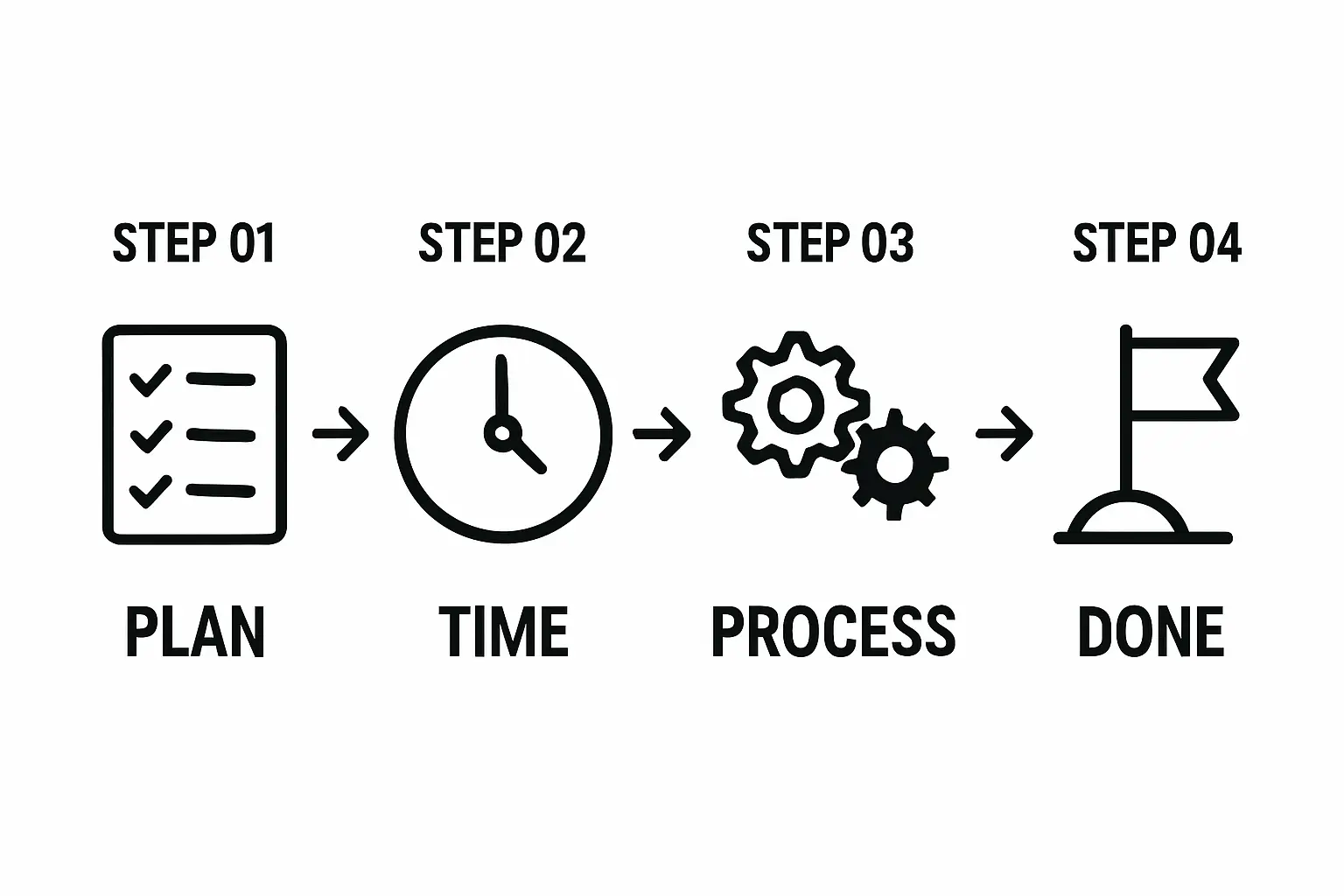
Addressing Infrastructure and Labor Considerations
Reliable infrastructure is a common concern for investors in emerging markets, and Laos’ SEZs were developed specifically to address this. They feature dedicated, high-quality infrastructure, including reliable power grids, water supplies, and internal road networks that meet international standards. These pre-built environments significantly de-risk the setup phase and ensure that factory building specifications can be met without compromise.
Laos also offers a competitive labor market compared to its neighbors, Thailand and Vietnam. While sourcing highly specialized technical skills may require a structured approach, the availability of a trainable workforce is a distinct advantage. Successful projects often incorporate comprehensive training programs—a factor to consider when planning for local labor for solar manufacturing. Partnering with an experienced technical consultant can help structure these training modules effectively.

Frequently Asked Questions (FAQ) for Investors
What is the primary advantage of an SEZ over a non-SEZ location in Laos?
The primary advantage is risk mitigation through a simplified, predictable regulatory environment. The one-stop service, coupled with enhanced fiscal incentives and superior infrastructure, provides a ‘soft landing’ for foreign investors unfamiliar with the local administrative landscape.
How does the ‘one-stop service’ work in practice?
The SEZ Authority acts as a single interface between the investor and all relevant government bodies. Instead of navigating multiple ministries for permits (e.g., investment, construction, environmental), the investor submits all applications to the SEZ Authority, which then coordinates the approvals internally.
Are there challenges with repatriating profits from Laos?
The Investment Promotion Law of Laos permits foreign investors to repatriate profits, dividends, and other earnings through commercial banks after fulfilling all tax obligations. Operating within an SEZ often simplifies this process, as the governing authorities can provide clear guidance on the required procedures.
What is the typical process for securing land in an SEZ?
Investors typically sign a land lease agreement directly with the SEZ developer or authority. The terms, duration (up to 75 years), and rates are clearly defined, providing long-term security and predictability for financial planning.
Conclusion: The Next Step in Your Evaluation
Laos offers a compelling strategic opportunity for entrepreneurs looking to enter or expand their presence in the solar manufacturing industry. The government’s strong commitment to renewable energy, combined with the tangible benefits of its Special Economic Zones, creates a uniquely favorable investment climate.
The combination of fiscal incentives, streamlined regulations, and strategic location makes Laos a market worthy of serious consideration. Success in any new market, however, depends on meticulous preparation. The foundational first step for any potential investor is to develop a comprehensive business plan that accurately models the costs, opportunities, and operational realities of manufacturing in this promising Southeast Asian nation.


